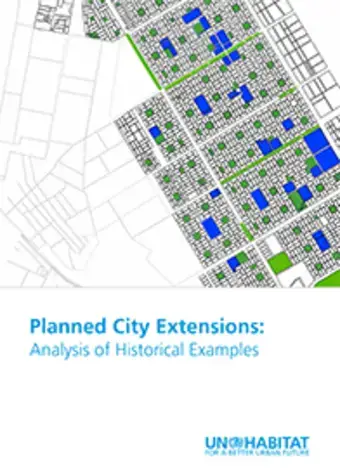 This discussion paper highlights that Afghanistan faces a formidable 'data deficit', especially in terms of urban–disaggregated data.
This discussion paper highlights that Afghanistan faces a formidable 'data deficit', especially in terms of urban–disaggregated data.
The paper reviews the current status of urban monitoring and provides an overview of the pioneering methodology developed in The State of Afghan Cities Programme 2014/15 to gather more reliable and up–to–date data on urbanisation.
 This paper examines the situation in Afghan cities for:
This paper examines the situation in Afghan cities for: Nadi, 7 April 2015 - The fourth Pacific Urban Forum (PUF 4) has concluded with a stronger call to find sustainable solutions to the challenges of urbanization and its impact on towns, cities and urban centres in the Pacific region.
Nadi, 7 April 2015 - The fourth Pacific Urban Forum (PUF 4) has concluded with a stronger call to find sustainable solutions to the challenges of urbanization and its impact on towns, cities and urban centres in the Pacific region. Nairobi, 27 March 2015—With the contribution of USD50.93 million from the Government of
Nairobi, 27 March 2015—With the contribution of USD50.93 million from the Government of  The United Nations Human Settlements Programme, UN-Habitat, is the United Nations agency for sustainable urban development. It is mandated to promote socially and environmentally sustainable towns and cities while advocating adequate shelter for all.
The United Nations Human Settlements Programme, UN-Habitat, is the United Nations agency for sustainable urban development. It is mandated to promote socially and environmentally sustainable towns and cities while advocating adequate shelter for all. This Policy and Plan for Gender Equality and the Empowerment of Women for 2014-19 (GPP) sets out UN-Habitat’s commitment and strategy to ensure that all its activities reflect and advance the global consensus on non-discrimination and equality between men and women.
This Policy and Plan for Gender Equality and the Empowerment of Women for 2014-19 (GPP) sets out UN-Habitat’s commitment and strategy to ensure that all its activities reflect and advance the global consensus on non-discrimination and equality between men and women. 